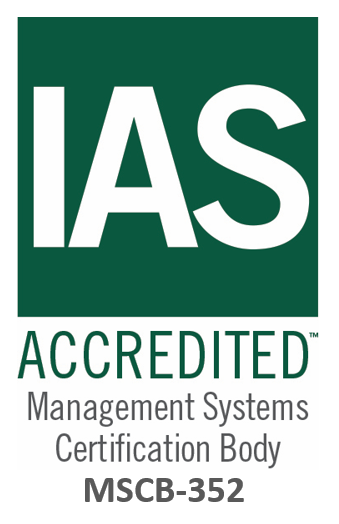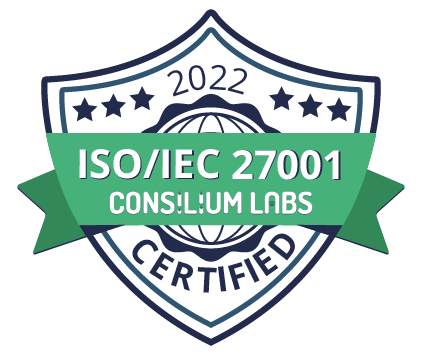In a recent Radiant Law webinar, we were joined by Chris Butterworth, international speaker, Shingo faculty fellow, and author of several award-winning books on continuous improvement. Chris has worked with leading global companies like Coca-Cola, BHP, and the Commonwealth Bank of Australia, helping teams build meaningful and sustainable change.
This session focused on what it really takes to create a culture of continuous improvement, especially inside legal teams and how improvement starts with behaviours, not just better tools.
Here are four takeaways for in-house legal teams looking to improve delivery, create focus, and build more effective operations.
1. Understand Who Your Customers Are and What They Value
Many legal teams focus on internal processes without stopping to ask: Who are our customers, and what do they truly value? For in-house lawyers, those customers may be procurement, sales, or business teams. But their expectations can differ and even conflict.
“We can’t define ideal results on our own. We have to understand what our customers value, and that starts with a conversation,” Chris said.
Chris recommends beginning with a conversation, not a survey. Ask internal customers to name the top three things they value most. Radiant used this approach to define client value propositions for legal, procurement, and sales teams, creating clarity around priorities and expectations.
2. Make Key Metrics Visible to Drive Better Conversations
Once you understand what matters, the next step is visualising the right metrics (what Chris calls 'measures that matter'). These are the indicators that both the legal team and the customer care about. At Radiant, for example, turnaround time became a priority once sourcing and sales teams shared how much speed impacts their ability to deliver. It now features on every team board.
“Visual management gives you a drumbeat of conversations focused on improvement, not just activity,” Chris said.
Start small. Use a spreadsheet or whiteboard. Review metrics regularly. Focus on shared goals and build a rhythm of action-focused conversations.
3. Apply the Four + One Model for Sustainable Improvement
Chris introduced his Four + One framework, a simple model to help teams build the habits that lead to lasting change:
- Make it visual – Track meaningful metrics clearly and publicly
- Talk about it – Use those metrics to drive team discussions
- Standardise the basics – Define how key processes are done
- Continuously improve – Use feedback to make small, regular changes
- Plus One: Lead the way – Leaders must coach, support, and engage with their teams
At Radiant, this model helped clarify priorities, reduce firefighting, and build momentum toward long-term goals.
4. Track Behaviours, Not Just Results
While most teams focus on KPIs, Chris argues that Key Behavioural Indicators (KBIs) are just as important, if not more. These are the everyday behaviours that lead to improved outcomes.
“You can’t drive change by measuring results alone. That’s the rear-view mirror. KBIs are your lead indicators,” Chris said.
Examples from the session included:
- Turning on video during virtual meetings
- Showing up on time and staying focused
- Agreeing to standards as a team and holding each other accountable
These small behaviours led to big results, including improved engagement and consistent delivery even in high-pressure months.
Improvement doesn’t require massive change programmes. It starts with understanding your team’s purpose, engaging your internal customers, and creating space to experiment with small shifts. As Chris reminded us:
“Most people come to work wanting to do a good job. The role of leadership is to create the environment where they can.”
Watch the full webinar recording



















.png)
.jpg)




.jpg)









.png)
.png)




.png)






























.jpg)


